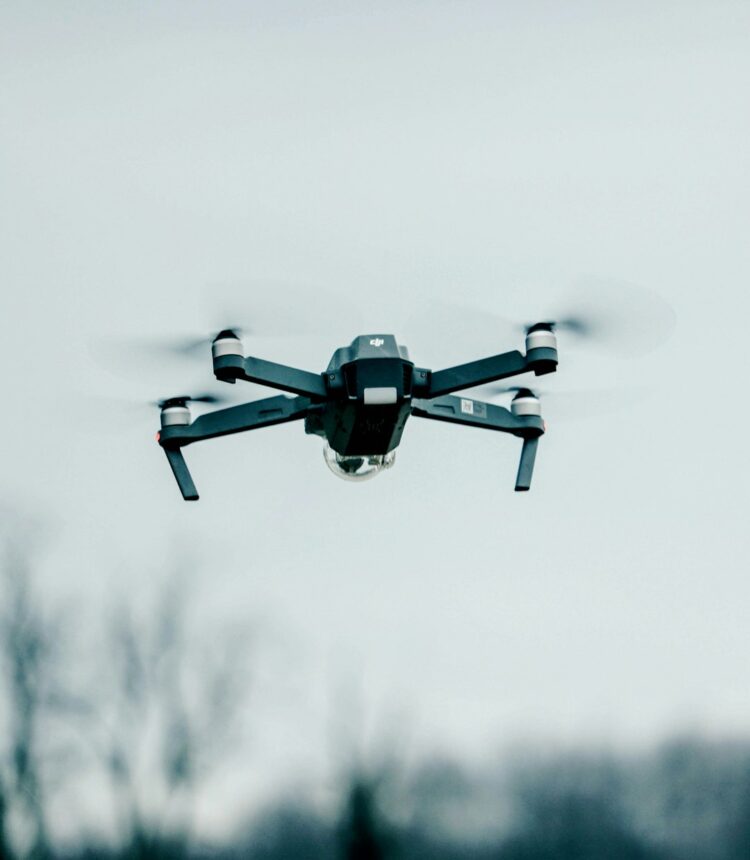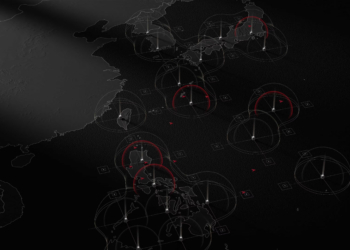Recent conflicts, particularly in Ukraine, have provided real-world proof of how rapidly the nature of war is changing. While armoured vehicles and air superiority still play a role, they are increasingly vulnerable to precision drone strikes, electronic warfare, and asymmetric tactics.
Countries like Estonia, Latvia, and Finland—long aware of the threat posed by a potential aggressor—have embraced this new reality, prioritising flexible, cost-effective solutions over legacy systems. Poland, in particular, has taken decisive steps, integrating large numbers of reconnaissance and strike drones into its defence posture, leveraging AI for battlefield intelligence, and focusing on electronic warfare capabilities.
Meanwhile, Western European countries have largely stuck to the traditional procurement model, committing to expensive, long-term projects that do not necessarily align with the changing nature of modern warfare. Germany’s decision to invest in additional heavy tanks and long-range fighter jets reflects a mindset that is more suited to a hypothetical large-scale land war of the past rather than the hybrid, technology-driven conflicts of today.
Europe’s security strategy must evolve. Instead of doubling down on costly, slow-to-deploy weapons systems, a smarter approach would be to prioritise a rapid, adaptable defence architecture based on drones, AI-driven targeting, and decentralised operational capabilities.
Drones offer significant advantages:
- Cost Efficiency: A fleet of advanced drones costs a fraction of a single fighter jet or modern battle tank. Instead of investing in a few high-value assets that are easily targeted, European militaries could deploy hundreds of networked autonomous systems, making them much harder to counter.
- Operational Flexibility: Drones can be used for surveillance, precision strikes, and even electronic warfare, providing real-time intelligence and disrupting enemy operations without risking human lives.
- Resilience Against Asymmetric Threats: Modern warfare increasingly involves cyberattacks, electronic warfare, and precision-guided munitions. Large, slow-moving military assets like tanks and aircraft carriers are particularly vulnerable. A decentralised, drone-based defence system is harder to neutralise and can respond more dynamically to emerging threats.
For Germany—and Europe as a whole—this means shifting focus. Instead of primarily funding massive, industrial-era procurement projects, resources should be directed toward developing and integrating drone technologies, supporting homegrown European defence startups, and fostering AI-driven combat systems.
If Europe wants to build a credible and future-proof defence posture, it needs a cohesive strategy that aligns with modern threats. This means learning from the more forward-thinking approaches of Poland and the Baltic states rather than simply mirroring outdated NATO procurement patterns.
Germany, as the economic leader of Europe, has both the responsibility and the opportunity to spearhead this transformation. By investing in scalable drone programs, AI-driven reconnaissance systems, and decentralised battlefield management platforms, it could not only enhance its own security but also contribute to a stronger, more resilient European defence network.
The time for a strategic pivot is now. The wars of tomorrow will not be won by larger tanks or faster fighter jets, but by the nations that best integrate technology, automation, and rapid decision-making into their military strategy. Europe’s security depends on its ability to recognise this reality—and to quickly act accordingly.
Jeffrey Katz is an entrepreneur and engineer with experience in both startups and large companies, turning new ideas into real products. He is a founder of DAF – Deutsche Autonome Flugsysteme GmbH, a German startup developing a software-defined ecosystem that helps the West build autonomous drone applications more easily and at lower cost. Drones equipped with DAF are already in use with front-line units in Ukraine.











